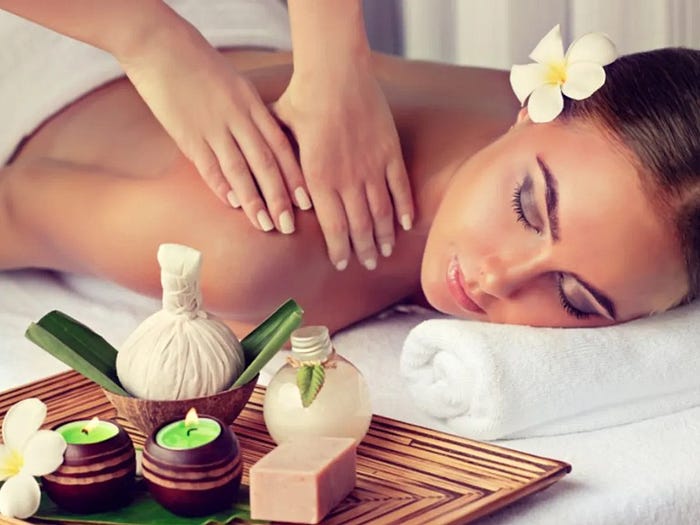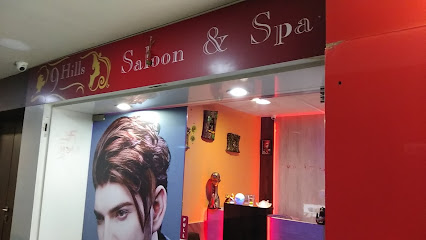Massage therapy is a treatment approach that involves the manipulation of soft tissues in the body. It is performed by a licensed massage therapist and aims to alleviate discomfort, reduce stress, and promote overall wellness. Massage therapy has been practiced for thousands of years across various cultures and has evolved to include numerous techniques and modalities.
Benefits of Massage Therapy
1. Relieves Stress and Anxiety: Regular massage can lower cortisol levels and increase the production of serotonin and dopamine, helping to alleviate stress and anxiety.
2. Reduces Pain and Muscle Tension: It is effective in treating chronic pain conditions like lower back pain, arthritis, and fibromyalgia.
3. Improves Circulation: Massage stimulates blood flow, which can improve overall circulation and help in the delivery of oxygen and nutrients to tissues.
4.Enhances Flexibility and Range of Motion: Regular sessions can keep joints more fluid, making them less injury-prone.
5. Boosts Immune System: By reducing stress hormones, massage therapy can help strengthen the immune system.
6.Improves Sleep: It can enhance sleep quality by reducing stress and promoting relaxation.

Massage Therapy
Types of Massage Therapy
1. Swedish Massage: The most common type, it involves long, gliding strokes, kneading, and circular movements on superficial layers of muscles.
2.Deep Tissue Massage: Focuses on deeper layers of muscles and connective tissue, often used for chronically tight or painful muscles, repetitive strain, postural problems, or recovery from injury.
3. Sports Massage: Designed for athletes, it focuses on areas of the body that are overused and stressed from repetitive and often aggressive movements.
4. Trigger Point Massage: Focuses on trigger points or tight areas within muscle tissue that cause pain in other parts of the body.
5. Reflexology: Involves applying pressure to specific points on the feet, hands, and ears that correspond to different organs and systems in the body.
6. Prenatal Massage: Tailored for pregnant women, it helps reduce pregnancy discomforts and promotes overall well-being.
Techniques and Modalities
Effleurage: Smooth, gliding strokes used in Swedish massage.
Petrissage: Kneading and squeezing muscles.
Tapotement: Rhythmic tapping or percussive movements.
Friction: Deep circular movements to target deeper layers of tissue.
Myofascial Release: Gentle sustained pressure to stretch and release the myofascial connective tissue.
Lymphatic Drainage: Gentle strokes to stimulate the flow of lymph fluid to reduce swelling and improve immune function Massage Therapy in Surat.
What to Expect During a Session
A typical massage therapy session lasts between 60 to 90 minutes. It begins with a consultation to discuss any medical conditions, areas of discomfort, and desired outcomes. The therapist will then leave the room to allow you to undress to your comfort level and lie on the massage table, draped with a sheet or towel. The therapist will use a combination of techniques tailored to your needs.
Choosing a Massage Therapist
1. Credentials: Ensure the therapist is licensed and certified by a recognized body.
2. Experience: Look for a therapist with experience in the type of massage you require.
3. Referrals and Reviews: Seek recommendations from friends, family, or online reviews.
4.Comfort Level: Choose someone you feel comfortable with and can communicate openly with.
Aftercare and Maintenance
Hydration: Drink plenty of water to help flush out toxins released during the massage.
Rest: Allow time for your body to rest and absorb the benefits.
Stretching: Incorporate gentle stretching to maintain flexibility.
Regular Sessions: Consistent massage therapy can help maintain the benefits over time.
Conclusion
Massage therapy is a versatile and effective treatment for a wide range of physical and emotional conditions. By understanding the different types, benefits, and what to expect, you can make informed decisions and find a therapist that suits your needs. Regular sessions can lead to significant improvements in your overall health and well-being.





Comments